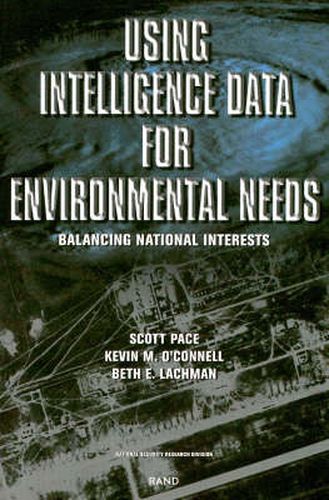Readings Newsletter
Become a Readings Member to make your shopping experience even easier.
Sign in or sign up for free!
You’re not far away from qualifying for FREE standard shipping within Australia
You’ve qualified for FREE standard shipping within Australia
The cart is loading…






In the post-cold-war era, there is a growing awareness that intelligence data such as imagery could contribute to environmental programs, management of natural resources, and even disaster relief. A key question facing policymakers and intelligence community managers is whether (and how) to balance routine unclassified environmental surveillance with traditional intelligence missions. This report discusses the stakeholders, interests, opportunities, and risks for the United States in greater use of intelligence data for environmental purposes by civil agencies, universities, and industry. After discussing alternative approaches to providing intelligence data for environmental uses and evaluation criteria, the authors offer summary observations, open questions, and recommendations on actions the U.S. government and the intelligence community should and should not take. An appendix includes three government policy statements on using intelligence data for environmental purposes.
$9.00 standard shipping within Australia
FREE standard shipping within Australia for orders over $100.00
Express & International shipping calculated at checkout
In the post-cold-war era, there is a growing awareness that intelligence data such as imagery could contribute to environmental programs, management of natural resources, and even disaster relief. A key question facing policymakers and intelligence community managers is whether (and how) to balance routine unclassified environmental surveillance with traditional intelligence missions. This report discusses the stakeholders, interests, opportunities, and risks for the United States in greater use of intelligence data for environmental purposes by civil agencies, universities, and industry. After discussing alternative approaches to providing intelligence data for environmental uses and evaluation criteria, the authors offer summary observations, open questions, and recommendations on actions the U.S. government and the intelligence community should and should not take. An appendix includes three government policy statements on using intelligence data for environmental purposes.